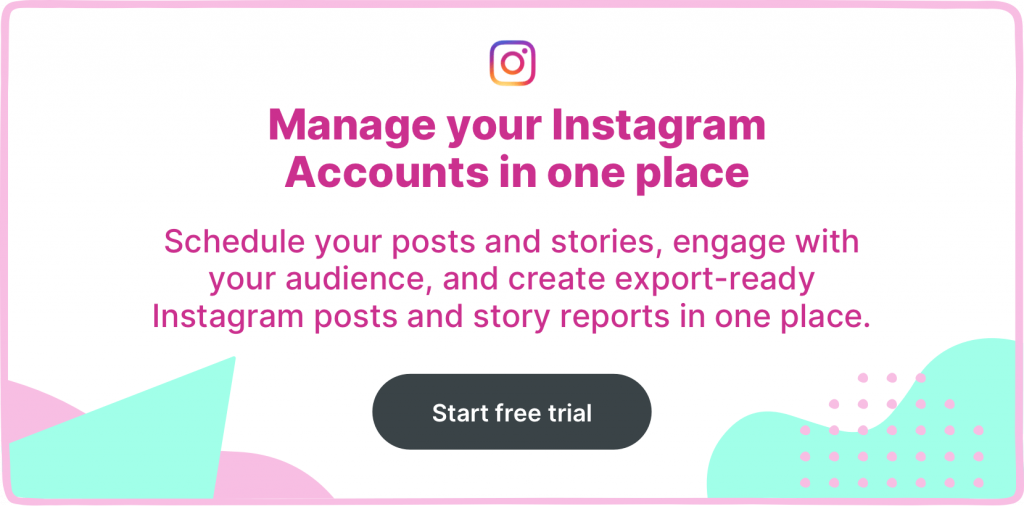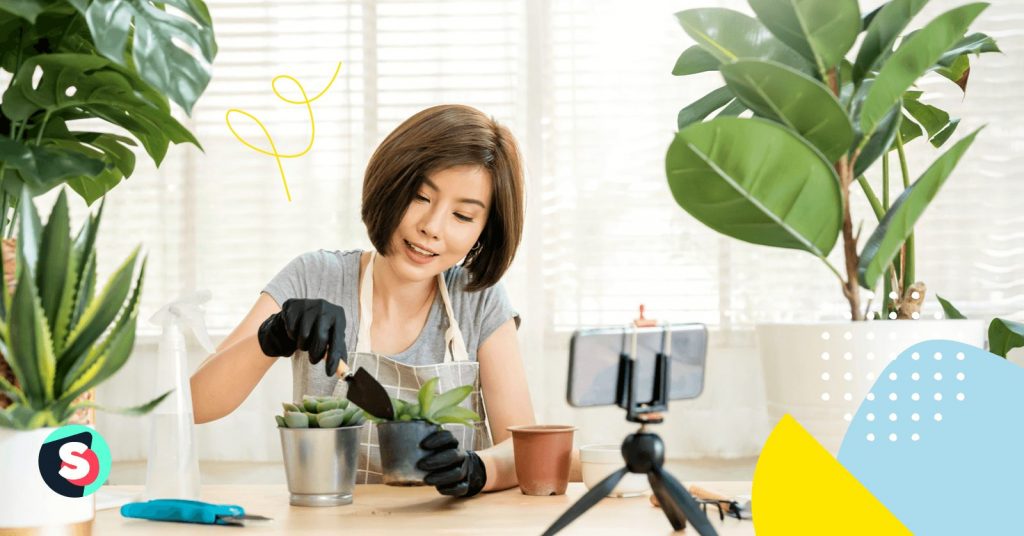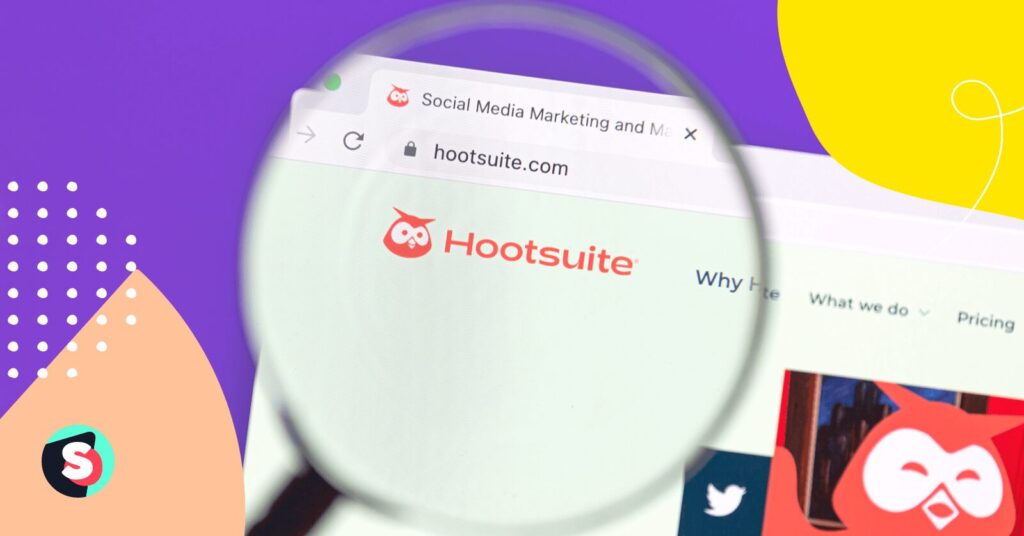It is no surprise that influencer marketing packs a punch. Only about a decade ago, celebrities and a few bloggers were considered influencers in the marketing landscape. However, now social media influencers have become the real retailers for their tight-knit communities and followers. Here is the twist—the focus is now shifting towards micro-influencer marketing. According to a report by HubSpot, 56% of the marketers who invest in influencer marketing collaborate with mico-influencers.
With 91% of the market share taken by micro-influencers, businesses have access to a plethora of creators for their marketing strategy. So, let us understand who micro-influencers are, why businesses work with them, which brands are already tapping their potential, and how you connect with them for your brand.
What is a micro-influencer?
A micro-influencer is an influencer or digital creator with 10,000 to 100,000 followers. They usually have a strong presence on social media platforms such as TikTok, Instagram, or YouTube. Marketers prefer working with micro-influencers because they target a niche or specific interest area, create engaging and creative content, and are able to make real recommendations and interactions with their followers.
They are also more cost-effective than mega or macro influencers and simultaneously provide better engagement rates. In fact, according to Social Bakers, micro-influencers have 60% higher engagement than macro-influencers and improve conversions by 20%.
Other types of influencers have the following follower count.
- Mega influencers: Over 1M followers
- Macro-influencers: 100K–1M followers
- Nano influencers: 1K–10K followers
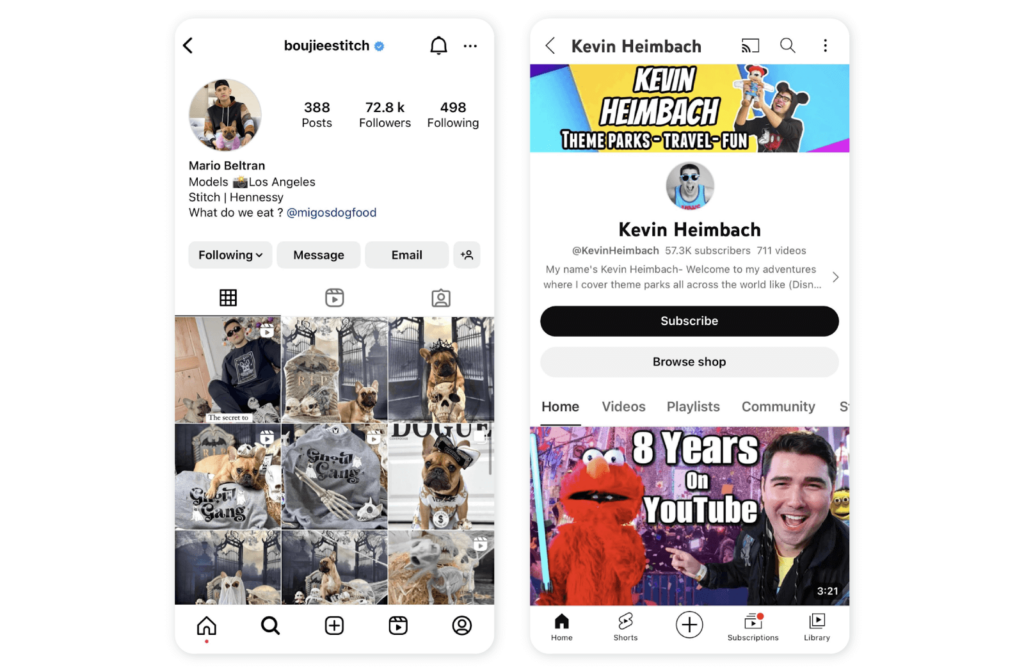
Benefits of working with micro-influencers
Many may wonder why to engage with micro-influencers when brands want to reach a larger audience. There are many reasons why smaller is better.
Micro-influencers are more affordable
When you engage with mega or macro-influencers to reach a larger audience of up to millions, it can get costly. Whereas, micro-influencers offer a more cost-effective solution to increase a brand’s reach. For instance, micro-influencers can charge anywhere between USD 25 and USD 1250 per post, according to the Influencer Marketing Hub. Whereas, influencers with large followings can charge up to USD 10,000 and celebrities up to USD 75,000.
Brands, thus, often collaborate with multiple micro-influencers to increase their reach and still, the total cost would be less than engaging with a single mega-influencer or celebrity. Some brands even offer free products during these engagements.
Micro-influencers have a more niche target audience
Micro-influencers often have a niche following and this makes it easier for brands to target their products to a specific kind of audience. For instance, a company who wants to promote its new collection, then they can collaborate with fashion influencers to reach out to followers who might be actually interested in their designs. Or, a company that manufacturers cake decorating tools such as crimpers, fondant cutters, etc. can work with a baker or cake decorating influencer to reach the right audience.
Micro-influencers have higher engagement rates
It won’t be wrong to say that micro-influencers have a smaller but more engaged following. A high percentage of their followers actually see and engage with the content. In an analysis by Markerly, it was noted that influencers with 1M to 10M followers received likes only 1.7% of the time, whereas those with up to 10,000 followers received a 4% like rate.
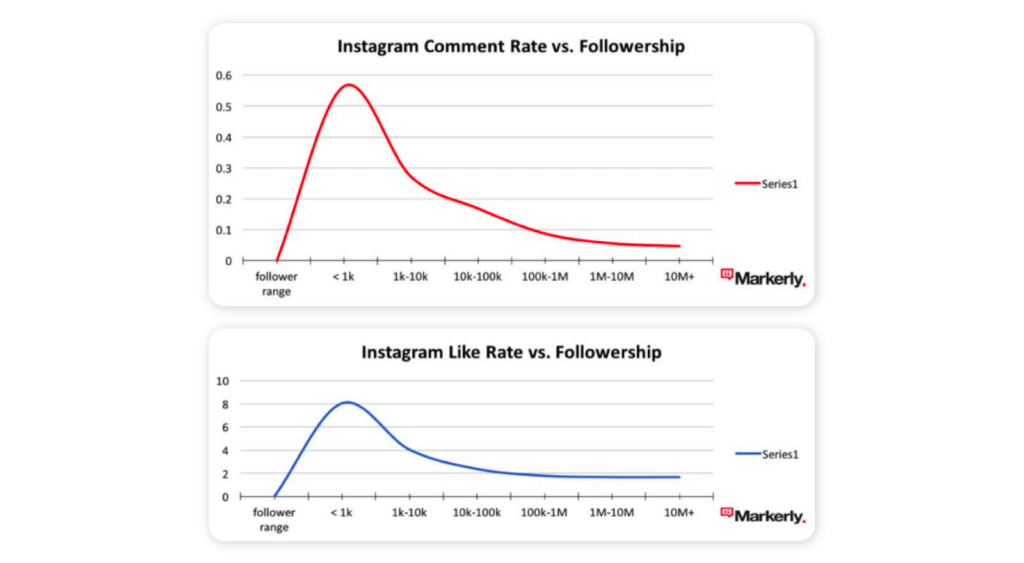
How to work with micro-influencers? Best practices to collaborate
If you want to start working with micro-influencers, here’s what you need to do.
Determine your objective
You should have clarity on what you want to achieve with the collaboration. The goals can vary and include increasing brand awareness, generating new leads, increasing sales, improving website traffic, promoting your product, increasing your social media following, Improving brand mentions, etc.
Although goals may change over a period of time, decide what is a priority for this particular micro-influencer campaign. Make sure that the content or material created by the micro-influencer aligns with your goal.
Choose the right campaign platform
Go with the platform that is most relevant to your target audience and where they spend most of their time. If there is a limitation on resources or budget, then you don’t have to launch a campaign on every platform but only the right one.
Find the right micro-influencer to partner with
There are different ways to find the right partner for your brand, and would require some research. You can either search on social media manually, scan through your followers list, work or with an influencer marketing agency. During your search, make sure to get an understanding of the micro-influencer profile, quality, frequency of posts, niche, followers and their demographics, etc. We will discuss this in more detail in a later section.
Determine the type of content
While in most cases, influencers only create the content, it is a good idea to add your inputs and expectations. Here are some content ideas you can explore.
- Influencer gifting, which involves sending your product for free and asking the influencers to do a product review
- Product tutorial videos
- Unboxing video to showcase your product
- Organize giveaways
- Affiliate promotional codes to improve sales
- Sponsored posts
- Micro-videos for YouTube and TikTok
- Create branded hashtags with the partner influencer
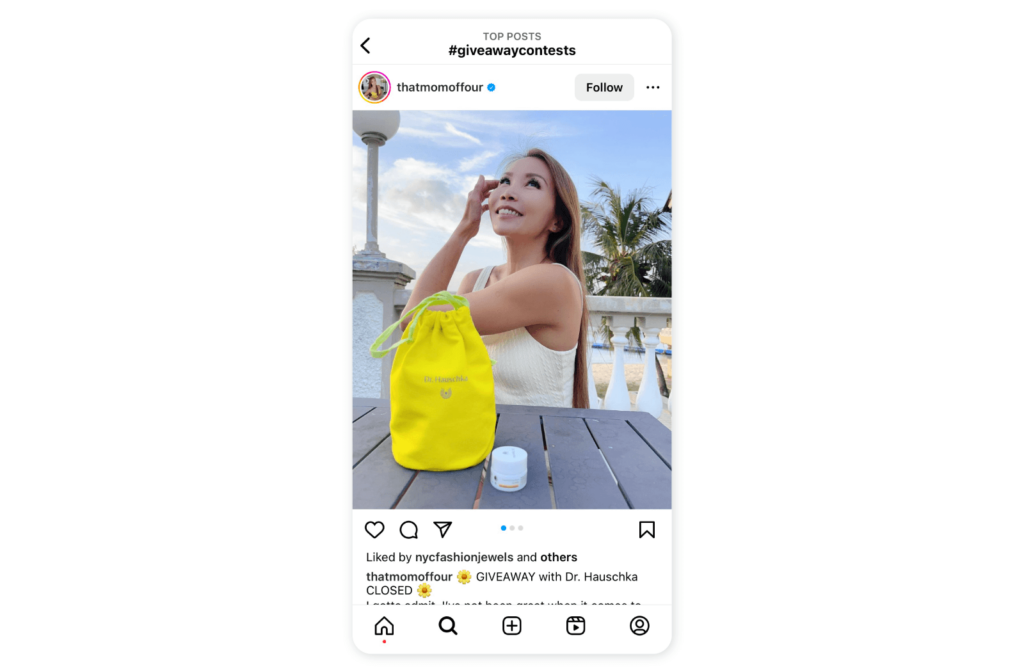
Consider inputs from micro-influencers
Since influencers spend most of their time on social media platforms, they do know about the trends and their followers. So, tap on their expertise and experience to create content that not only aligns with your brand but also with the users. It may not be a bad idea to give them creative freedom!
Have a long-term vision
When you work with any influencer consistently for an organic partnership, then it does have an impact on customers too. Having just a single one-off campaign may result in limited impact and outcome. The followers may just forget and move on. Think of them as your long-term ambassadors.
How to find micro-influencers for your brand?
Here are some ways to find micro-influencers who can champion your brand.
Utilize hashtags and search features on social media
Micro-influencers or creators often use hashtags to increase the reach of their content, and you can leverage that to find the right ones for your brand. You can focus on three types of hashtags.
- Based on size: #microinfluencer
- Related to your category: #skincare #skincareinfluencer (for skin care category)
- Based on location
This can help you discover influencers who align with your requirements.

Find micro-influencers who are creating UGC for your brand
Micro-influencers often seek new products that resonate with their audience and create user-generated content (UGC) for brands they would like to collaborate with. You can search for creators who are already reviewing or tagging your product to identify influences interested in your brand.
Make sure to check your follower list to reveal micro-influencers who are engaged with your brand. Collaborating with such connections tends to be more organic and authentic.
Seek micro-influencers relevant to your niche
When seeking influencers, consider adjacent categories too. For instance, if you are a food delivery service provider for healthy meals, then you will naturally partner with fitness micro-influencers However, you can also consider collaborating with busy mothers who value nutritious food. Do not limit yourself to your niche, and look beyond!
Don’t miss out on doppelgangers
If you’ve identified a micro-influencer that aligns with your brand, then you can find similar ones, often referred to as “doppelgangers,” using Instagram and TikTok. Additionally, micro-influencers often collaborate with each other, so checking their posts for collaborations can lead to other similar creators. On YouTube, you can look for “related” videos
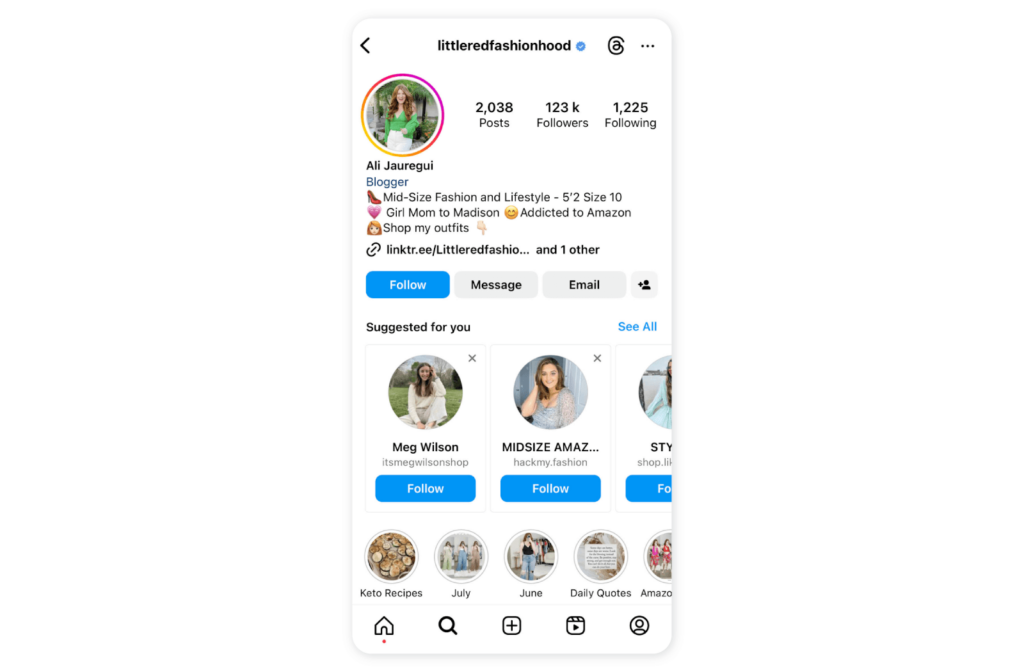
Work with an influencer marketing agency
The benefits of partnering with such an agency include their expertise in the field, which minimizes risks. Also, they take care of various tasks such as influencer hunting, payment management, contract drafting, and relationship maintenance. However, there are drawbacks—the outsourcing cost can be high and the agency may not have an extensive database of micro-influencers to fit your needs.
4 brands already succeeding with micro-influencers
Let us look at the brands and some examples.
1. Sperry
Sperry, a boat shoe and sea-inspired clothing manufacturer is ramping up its digital marketing efforts on Instagram. In one of the successful campaigns, Speery’s team executed a two-phase campaign to boost the brand’s relevance and sales. In the first phase, they collaborated with influencers to post daily for a week, sharing and showcasing how they styled their #ootd (outfit of the day) with the Sperry Saltwater boot. In the second phase, they targeted Sperry fans to create unpaid social posts, extending the reach of their paid partnerships.

2. Stitch Fix
Stitch Fix is an online personal styling service that collaborates with micro-influencers and encourages them to share content about their brand for promotions on Instagram. In return, they share that content in their own feed, leveraging cross-promotion. Micro-influencers and creators use hashtags such as #stucticfix partner to share their content and get featured.
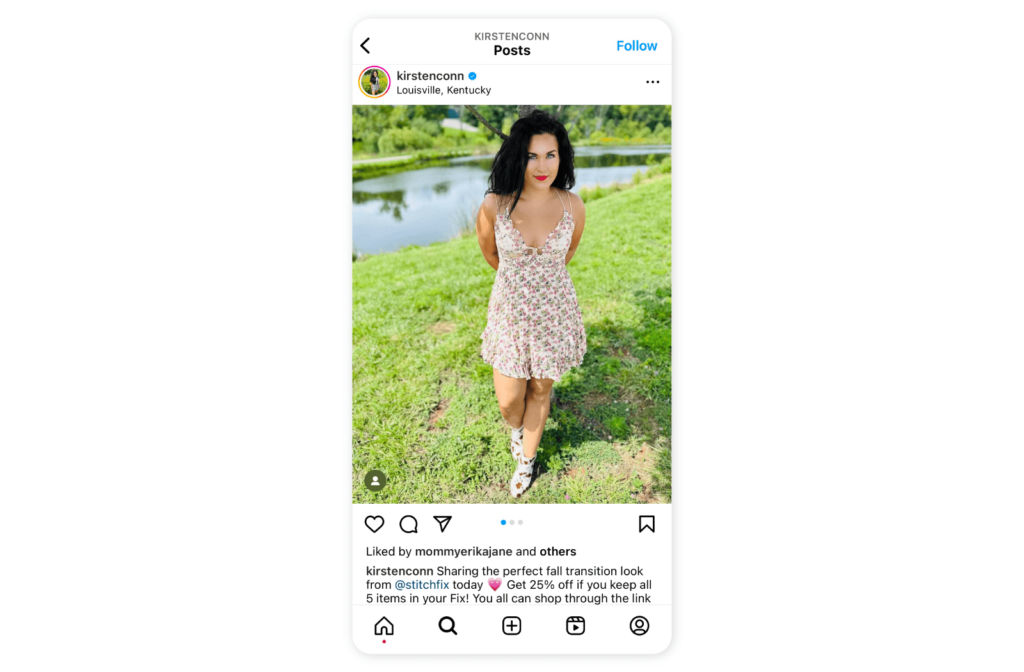
3. La Croix sparkling water
La Croix is an American sparkling water brand that is actively involved in social media marketing to reach out to its target audience. It identifies and engages with micro-influencers on Instagram to encourage them to share posts about their product offerings. The popular branded hashtag is #LiveLaCroix used by content creators or users who tag the brand. It does so to tap into the authenticity of micro-influencers and make a real connection with users.
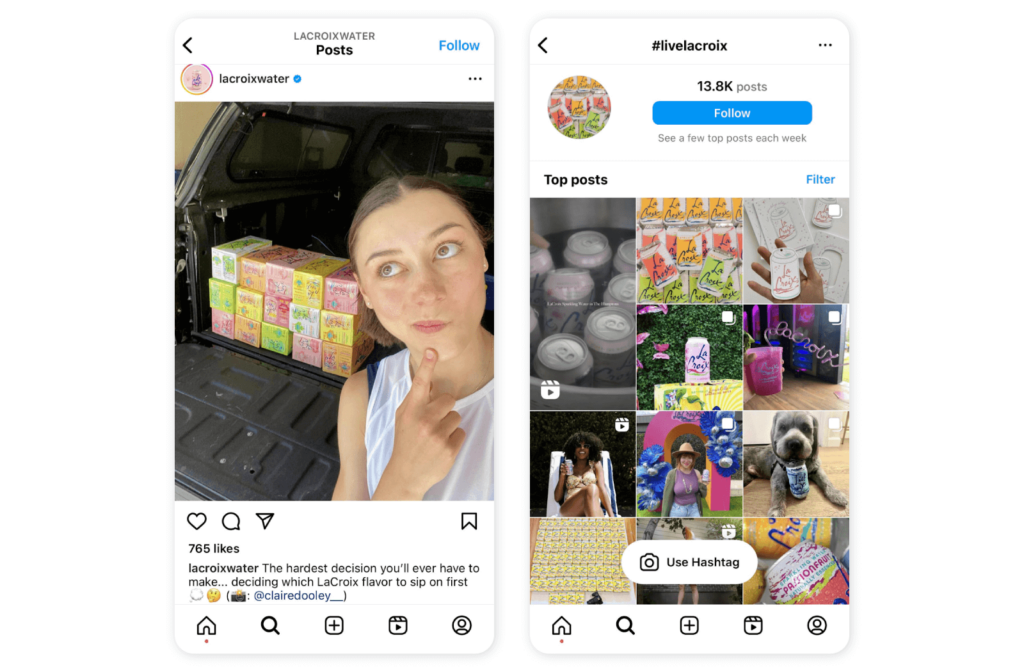
4. Supergoop!
Supergoop is popularly known as the expert in SPF, offering a variety of products for sun protection. They actively work with micro influencers but also have long-term partnerships with influencers on TikTok. For instance, this sponsored post from The Glow Scout on TikTok received over 2.8K likes. The popular hashtag used for such campaigns is #supergooppartner.
Frequently asked questions (FAQs)
What is a micro-influencer?
A micro-influencers is a social media influencer with a follower count between 10,000 and 100,000. These influencers typically work in a particular area of interest. Other types of influencers include mega, macro, and nano influencers.
How many followers does a micro-influencer have?
A micro-influencer follower count is anywhere between 10,000 to 100,000 followers.
Influencer vs. micro-influencer
A micro-influencer is a type of influencer. However, the primary difference is the number of followers.
- Mega influencers: Over 1M followers
- Macro-influencers: 100K–1M followers
- Nano influencers: 1K–10K followers
How does micro-influencing benefit your business?
Micro-influencers cater to a niche and, therefore, have genuine appeal. They can help businesses improve brand visibility, promote products, drive sales, increase engagement, improve website traffic, increase followers count, and much more.
How much do micro-influencers charge?
Micro-influencers usually charge between USD 100 to USD 500 per post.
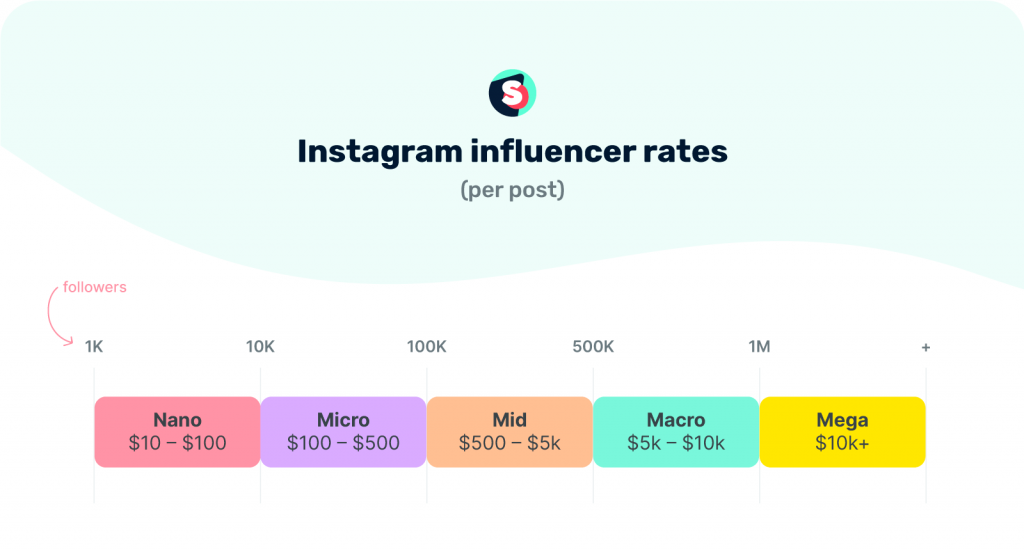
How to find the right micro-influencers on Instagram?
Once you have got your goals and platform decided, you can start searching for the right micro-influencers fit for your brand. You can either use hashtags or search features on social media, get in touch with an Instagram marketing agency, scan through your own follower list, or identify people who are already tagging or creating UGC (user-generated content) for your brand.
